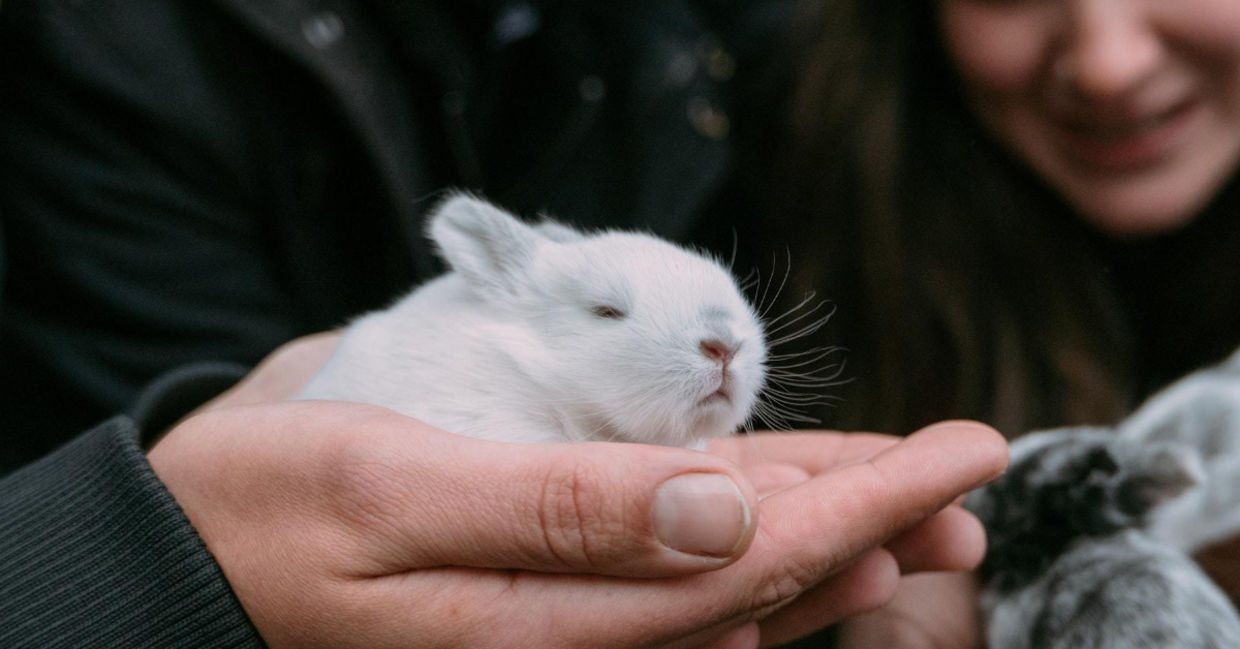
(Volodymyr Burdiak / Shutterstock.com)
From pink piglets to pint-sized pandas, it doesn’t get much cuter than nature’s newborns. But did you know some of these interesting facts about the cutest creatures on earth? Put a smile on your face with these 11 fun facts about baby animals, with adorable photos, of course.
Baby parrots respond to their names.
You may already know that parrots have the ability to talk (Polly want a cracker?) But did you know that parent parrots name their chicks, just like us? Scientists call these names “signature contact calls”. Baby parrots receive a name at birth and respond to that call for the rest of their lives!

(Blanscape / Shutterstock.com)
A baby blue whale can gain 250 lbs in a single day.
If you thought you put on weight easily, think again! According to US Whales, the calves of the largest animals on earth put on as much as 10 lbs (4.5 kg) an hour, or over 250 lbs (113.3 kg) each day! That means that the baby blue whale gain over a ton within 20 days!

(Imagine Earth Photography / Shutterstock.com)
Baby turtles speak to each other before they even hatch.
Surviving in nature is no easy task. So, animals often work together to make it in this big world. And for baby turtles, that teamwork begins before they hatch. Researchers discovered that turtles make sounds while still inside their eggs to communicate with other babies. Chirps and grunts help to coordinate hatching as a survival mechanism to avoid predators like birds or crocodiles.

(seasoning_17 / Shutterstock.com)
Puppies can be born as identical twins.
What’s better than one puppy? How about two? A vet in South Africa discovered that dogs can be born as identical twins, and this was confirmed by scientists. Identical twins are a rare occurrence in any animal species.

(George Hoffman / Shutterstock.com)
Baby elephants don’t know how to use their trunks when they are born.
Baby elephants grow up into impressive sized-adults. But when first born, they can barely use their trunks. Picture a baby elephant stumbling around and tripping over its trunk. These clumsy little creatures also blow lots of bubbles when learning how to drink. It’s too cute not to giggle!

(Photo by Chris Rhoads on Unsplash)
Baby koalas are called joeys.
Although koalas may look like monkeys or small bears, they are actually marsupials, a type of mammal with pouches to hold newborns. Infant koalas, called joeys, immediately climb into their mother’s pouch after birth using their natural instincts.

(Photo by David Clode on Unsplash)
Newborn piglets run to their mother’s voice.
Pigs are extremely intelligent animals, said to be smarter than dogs. Newborn piglets, scientists say, can even recognize their mother’s voice by the time they turn two weeks old. Sows are also known to sing their little ones to sleep.

(Photo by Forest Simon on Unsplash)
Baby pandas are born incredibly small.
Although giant pandas can grow up to 300 lbs (136 kg) and 5 feet tall (1.5 meters), their cubs are born pocket sized in comparison according to National Geographic. Baby pandas only weigh about 3 ½ ounces (100 grams) at birth.

(Photo by Pascal Müller on Unsplash)
Baby reptiles have an egg tooth to crack out of shells when born.
Most baby reptiles, including crocodiles, have a special egg tooth. According to Science Direct, they use it to crack the shell of the egg when born. Eventually, after birth, the tooth is reabsorbed into the body.

(Photo by Amber Kipp on Unsplash)
Baby macaques make snowballs for fun.
Macaques are a monkey species that inhabit ranges throughout Asia, North Africa, and Gibraltar. When it snows, babies get playful and make snowballs.

(BlueOrange Studio / Shutterstock.com)
Baby rabbits are also called kittens.
Baby cats aren’t the only ones called kittens. Baby rabbits are also called kittens or kits. Another fun fact from the MSPCA is that rabbits typically give birth to litters of 4-12 kittens after only being pregnant for 30 days.

(Photo by Daan Stevens on Unsplash)







